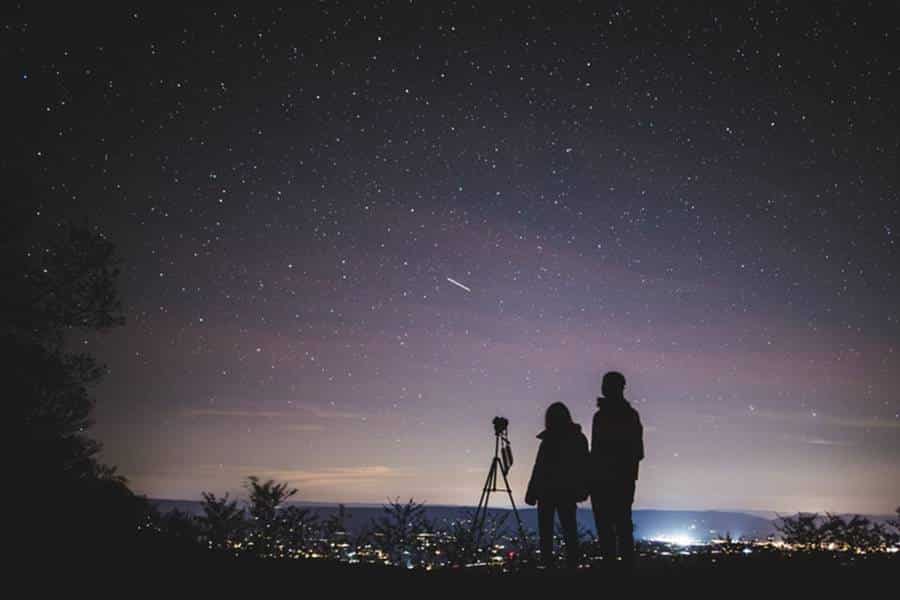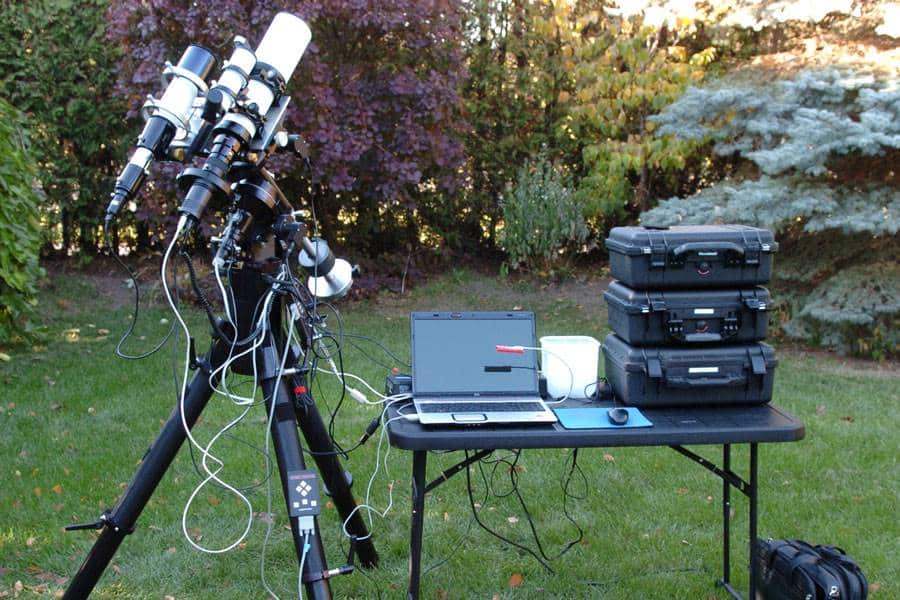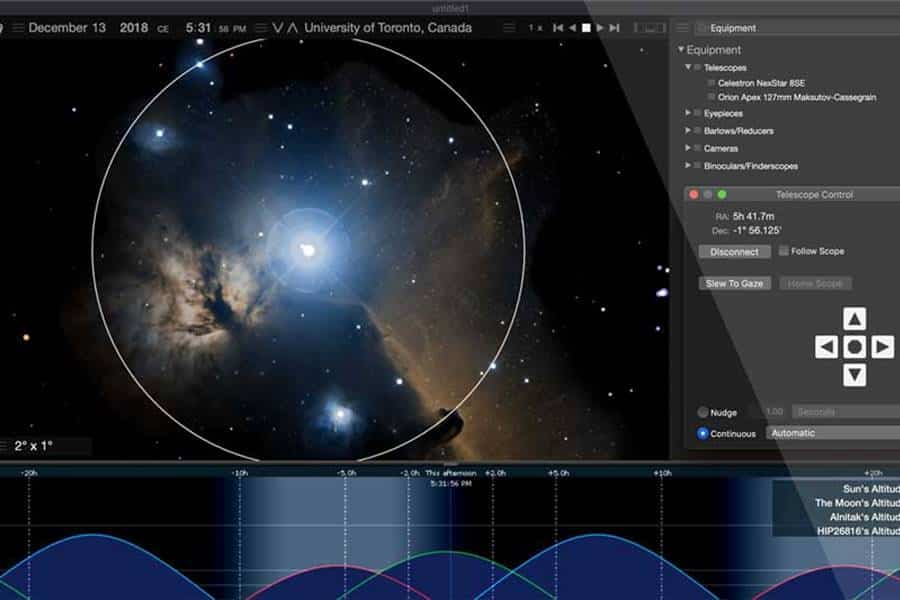Today we’ll discuss ‘Landscape Astrophotography‘ using your standard photography equipment and professional astrograph as well. Astrophotography is associated only with working on complex, expensive, and heavy equipment for most astronomy lovers. The budget for creating a “dream astrograph” may eventually exceed several thousand dollars, which must be spent on the telescope itself, a good and lifting mount, a camera for shooting, accessories, and all the necessary electronics.
In addition, a lot of effort is spent on mastering and subsequent work with rather complex software, which is used to process the source material and create beautiful images of the Universe. It turns out that it is impossible to shoot your astrophotography masterpiece with more accessible, primarily from a material point of view, means?
Of course, this is not at all the case. In artistic astrophotography, everything depends not only on the shooting technique and the complexity and labor intensity of the result obtained but also on the idea, idea of the picture, and emotions that it carries.
And the latter, if you have imagination, can be achieved without resorting to working with expensive equipment; in most cases, just a high-quality camera and a stable tripod are enough.
Fixed Camera Shooting
The subject of our article will be shooting astronomical landscapes and panoramas. It does not necessarily require a mount that will track the subject, but a pretty good digital SLR camera can shoot at high ISO 1600-3200 units and a wide-angle lens with a small focus. In this case, by setting the camera on a tripod and successfully framing the subject, you will find the best shutter speed by selecting the exposure.
When the drawing of the starry sky manages to work out confidently, the stars remain points and are not smeared due to the Earth’s daily rotation.
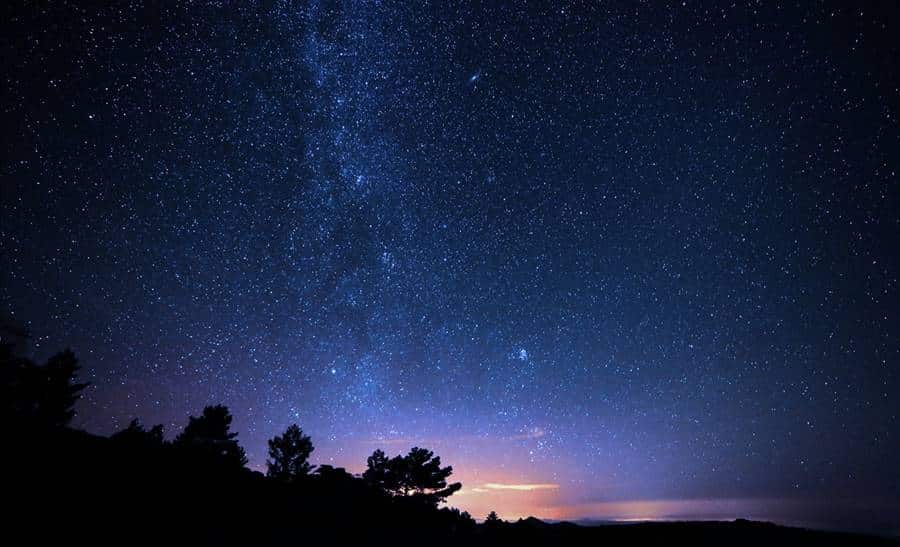
You can go the other way, set the ISO as low as possible and even close the lens aperture a little, if necessary. With these settings, you can capture an impressive picture of long tracks of stars against the backdrop of the surrounding terrain.
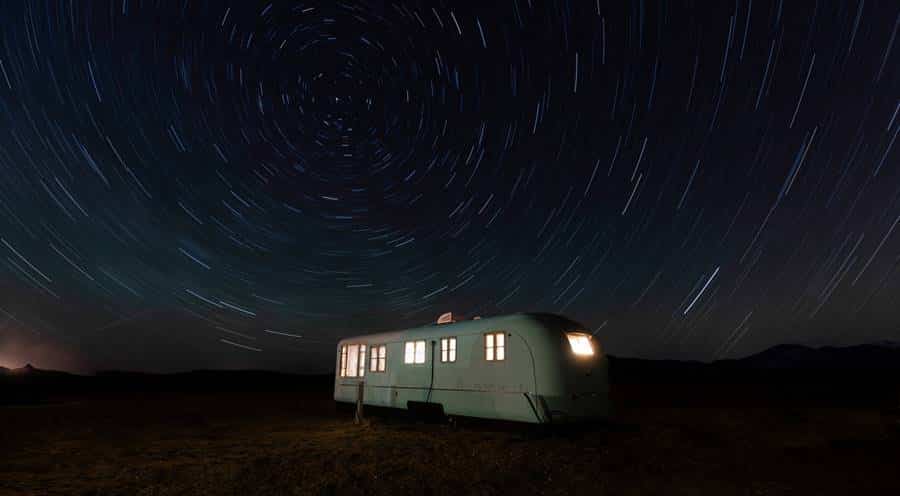
If you wish, you can shoot your atlas of large and beautiful constellations, which will be an excellent decoration for your home walls or an observatory.

An essential point in this matter is the composition of the frame itself; the picture should be interesting, informative but not at all overloaded with details. You should try to avoid the most popular mistakes of photographers – this is the introduction of some vital information of the Earth’s landscape (buildings, trees, or mountains) in the center of the composition, or setting the horizon in the middle of the frame.
In such cases, the frame turns out to be static, very dull, and undefined. The viewer cannot concentrate his attention on any one highlighted part.
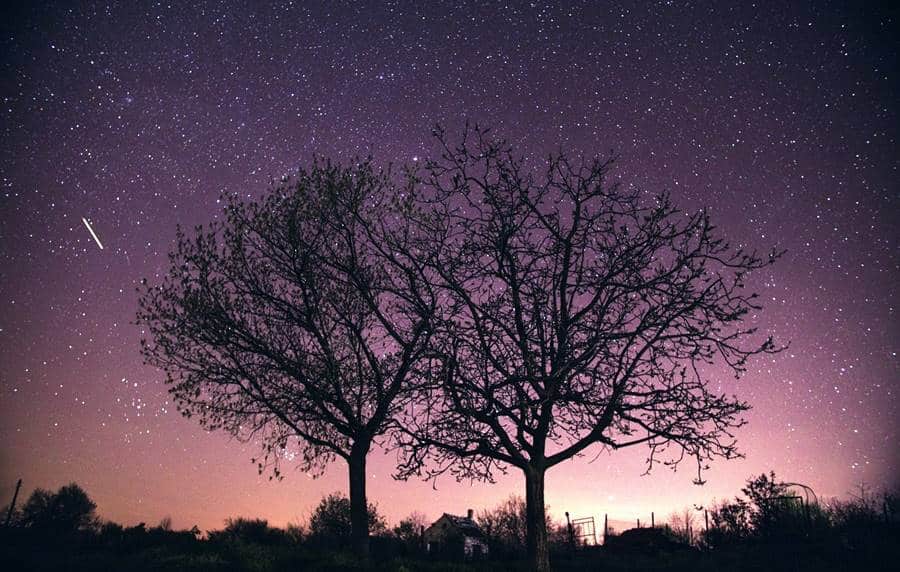
A fascinating effect can be achieved by applying the so-called framing technique, i.e., when the dominant part of the picture, in our case, the starry sky, is surrounded by a kind of natural frame, which concentrates attention on the compositional center of the frame.
It can be done by introducing into the frame, for example, tree branches surrounding some expressive constellation, the Milky Way or the Moon.
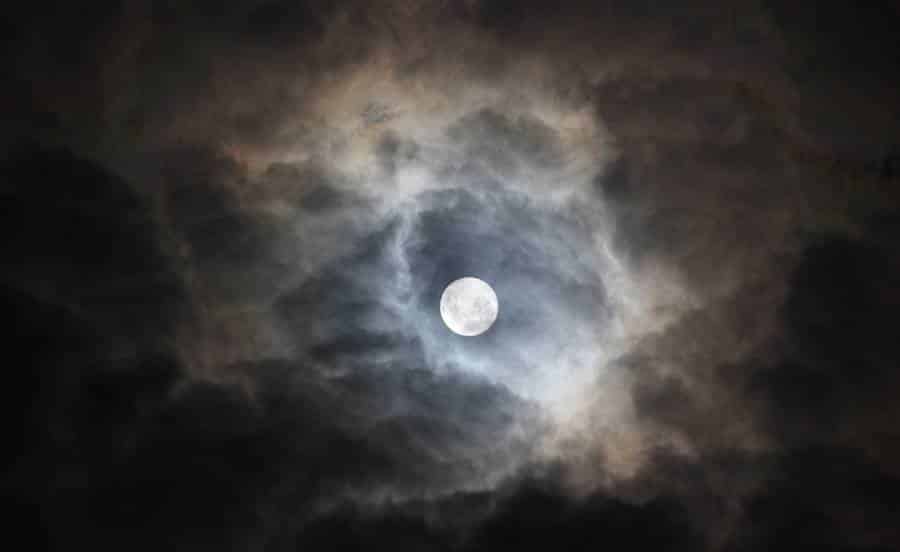
An excellent means of self-expression in astrophotography are ultra-wide-angle lenses with a field of view close to 180 degrees. These are the so-called fish-eye lenses, and in astronomy, cameras with such a lens are usually called all-sky cameras. With such a field of view, you can easily capture the entire starry sky in the frame, directing the camera to the zenith, or slightly tilting the camera, take an extraordinary and three-dimensional picture of the starry sky against the background of the surrounding landscape.
An interesting result can be achieved by introducing artificial lighting sources into the frame, for example, the most fashionable Astro-gadget in recent years – a green laser pointer. The laser beam leaves a beautiful trace in the Earth’s atmosphere and points to some interesting celestial object.
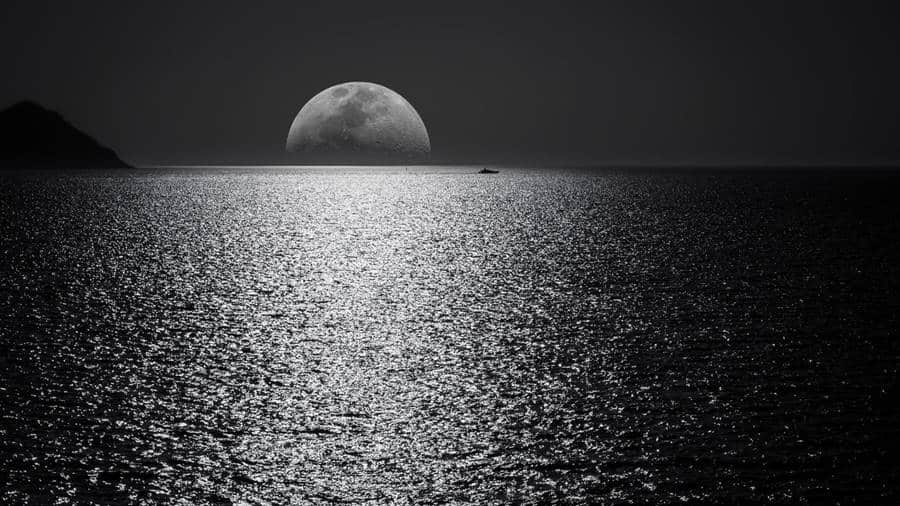
Using a telephoto lens, you can photograph a beautiful moonrise, for example. Using a lens with a long focal length, you can also include a part of the Earth’s landscape into the frame, which will make the picture even a little illusory because of the massive size of the moon against the background of terrestrial objects will refute the usual views of the viewer.
Guided Photography and Photomontage
If the household has a telescope mounted on an equatorial mount with guidance, it would be foolish not to utilize its capabilities. Having installed the camera on the telescope, you can already use long exposures when exciting details of the constellations, beautiful places of stars in the Milky Way, and even some nebulae are worked out in the picture.
In this case, again, you should not get hung up on shooting exclusively celestial objects; the frame can be made much more interesting if you even introduce some details of the telescope tube or a small piece of the surrounding relief into it.
In the latter case, of course, the details of the immovable terrestrial landscape will be slightly blurred against the background of the stars, but even this can bring some artistic benefit.
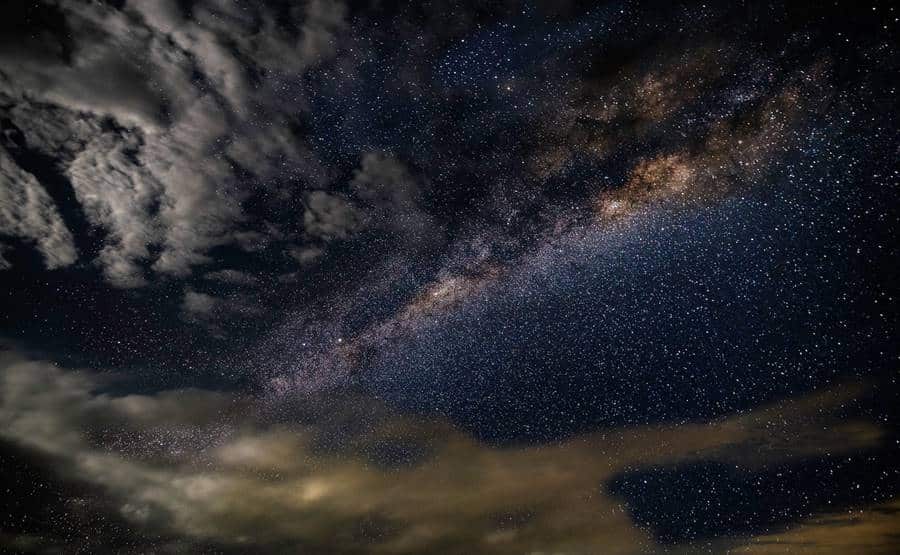
If the surrounding landscape has its artistic value, it will be attractive to keep both the starry sky and the details of the surrounding nature clear and still in the frame. If you do not want to be limited to just a short shutter speed when shooting the sky, you may have to resort to photomontage.
In this case, you need to separately shoot a picture of the starry sky with guidance and the required exposure, and then superimpose an image of the surrounding nature on top of it, having cut out a part of it above the visible horizon previously. All these operations are pretty accessible in Photoshop.
It is beautiful that the possibilities of photomontage can be limited only by your imagination. And by showing extraordinary ingenuity and creativity, you can make a truly original and unique picture. So did two experienced astronomy lovers from the United States, Denis di Cicco, and Sean Walker. Their unique photo masterpiece can be seen in the picture below.
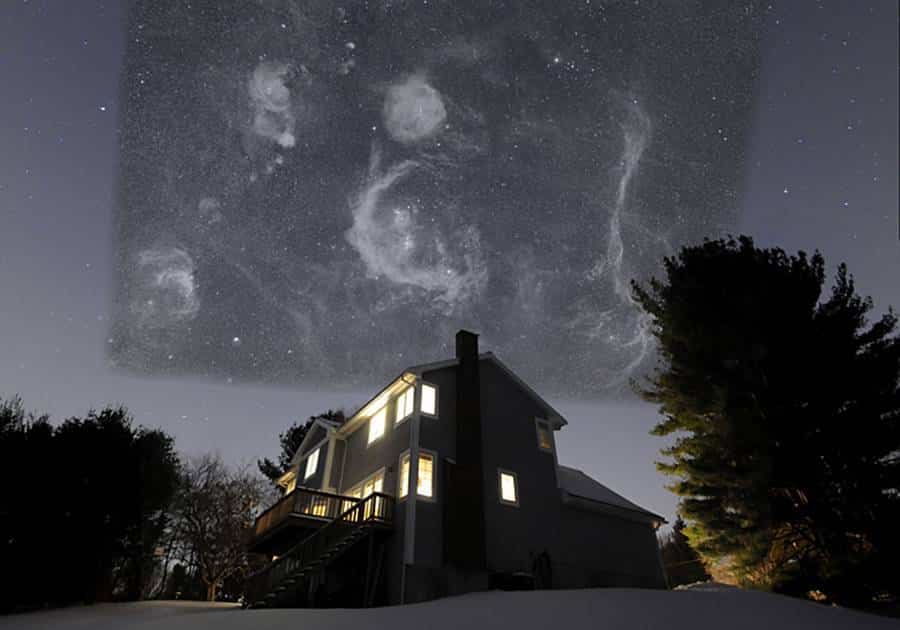
Here, against the background of an ordinary suburban house and far from the best sky, there is an incredible panorama of dim hydrogen nebulae in this part of the sky, which is inaccessible for visual observation. The Earth’s atmosphere strongly enough absorbs the radiation of these pearls of the Universe.
Of course, such a shot cannot be taken with an ordinary camera on a tripod; it results from prolonged and painstaking time-lapse photography of this part of the sky with a telescope. The resulting frames after shooting are folded into a single panorama, which is glued into the picture.
Self-Portrait of An Astronomy Lover
Any seasoned landscape photographer will tell you that the best way to bring a beautiful landscape to life is to introduce a human character into the composition. Landscape astrophotography is no exception in this case. Against the background of a beautiful and expressive terrestrial landscape and a majestic picture of the starry sky, a person will always look great – an observer of this fantastic picture of nature.
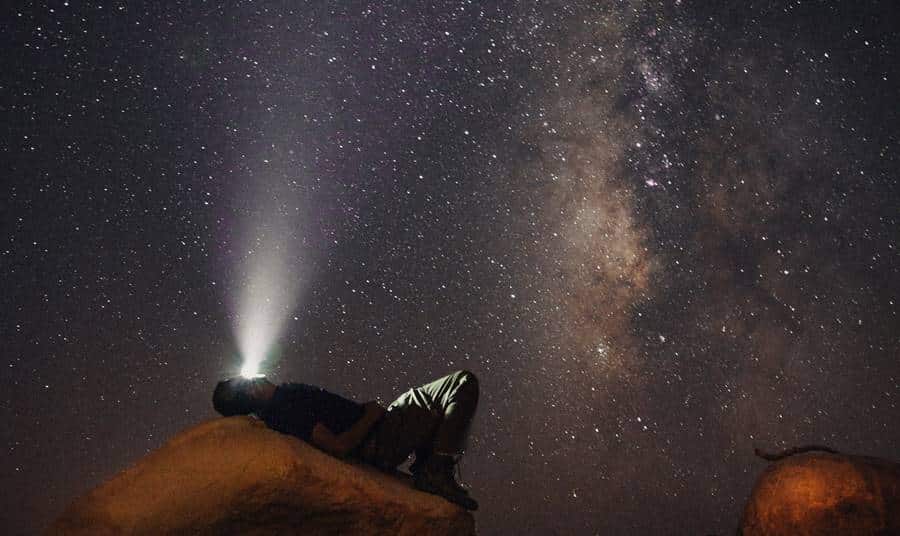
In addition, you can always make a beautiful self-portrait for yourself while observing. It’s a great idea to include a telescope in this composition. If you are watching in a dark place, you need a dim light source, like an astronomical red flashlight.
By setting the shutter release delay of about ten seconds on the camera, you take your place in the frame and motionlessly wait for the start of the exposure. In most cases, even at low ISO and with a light source, a shutter speed of 10-15 seconds is sufficient.
You can make the picture livelier and more dynamic if you slowly enter the frame during the exposure, thus leaving a trail of “ghost” from your presence, but at the same time allowing enough to work out all the other details.

An exciting picture will be the picture of the observations themselves through the telescope, when work is being done with maps and atlases and, accordingly, artificial illumination of the surrounding objects with a red flashlight.
No less attractive will be photographed against the background of a blue sky with a yellow horizon, still illuminated by the already set sun. Once you get to some big event for astronomy lovers, you shouldn’t deny yourself the pleasure of capturing a picture of mass observations under a dark sky.
Many telescopes, together with observers running back and forth, leaving traces of red lanterns on the frame – these are the pictures that delight the eye of an astronomy lover or give a bit sad winter evening about summer gatherings of a beautiful and friendly company under a dark sky.
Shooting A Masterpiece
It is very entertaining, and sometimes even funny, to observe the results of competitions in amateur astrophotography held by various organizations on the Internet. In the finale, one often sees a very curious picture when, for example, three works are presented.
The first picture is a vast and gorgeous nebula; this picture was taken with costly and sophisticated equipment; the work took a hundred hours of total exposure, and a lot of time was spent processing the results. Another image of the giant planet Jupiter was taken with a massive telescope with a costly CCD array.
For a whole year, the photograph’s author fished out a stable and calm atmosphere to photograph such surprisingly small details on the planet’s surface. And as the third contender for the main prize is some upstart.
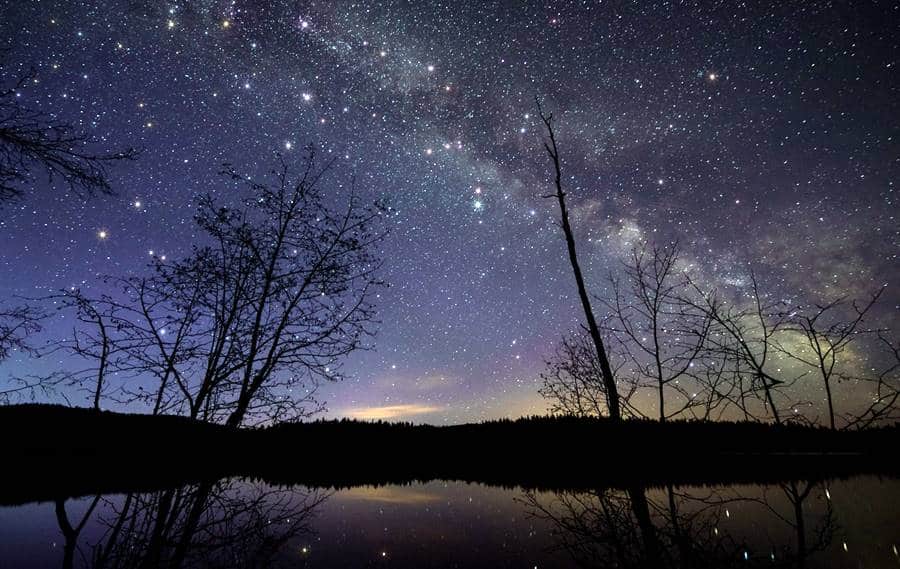
What’s the matter? Everything is effortless; as a result, no one cares how expensive equipment and what efforts the picture was taken; the result is essential, only the emotion that the viewer experiences when viewing the photo is vital. The last picture is filled with some magical and romantic meaning, which makes people vote for him.
With such words, in no case would I want to offend serious and experienced astrophotographers who accumulate photons and hunt for high resolution. In reality, most astrophotography competitions are divided into categories, where the topic presents photographs. It is crucial never to forget that the result depends mainly on your vision, imagination, and efforts.
